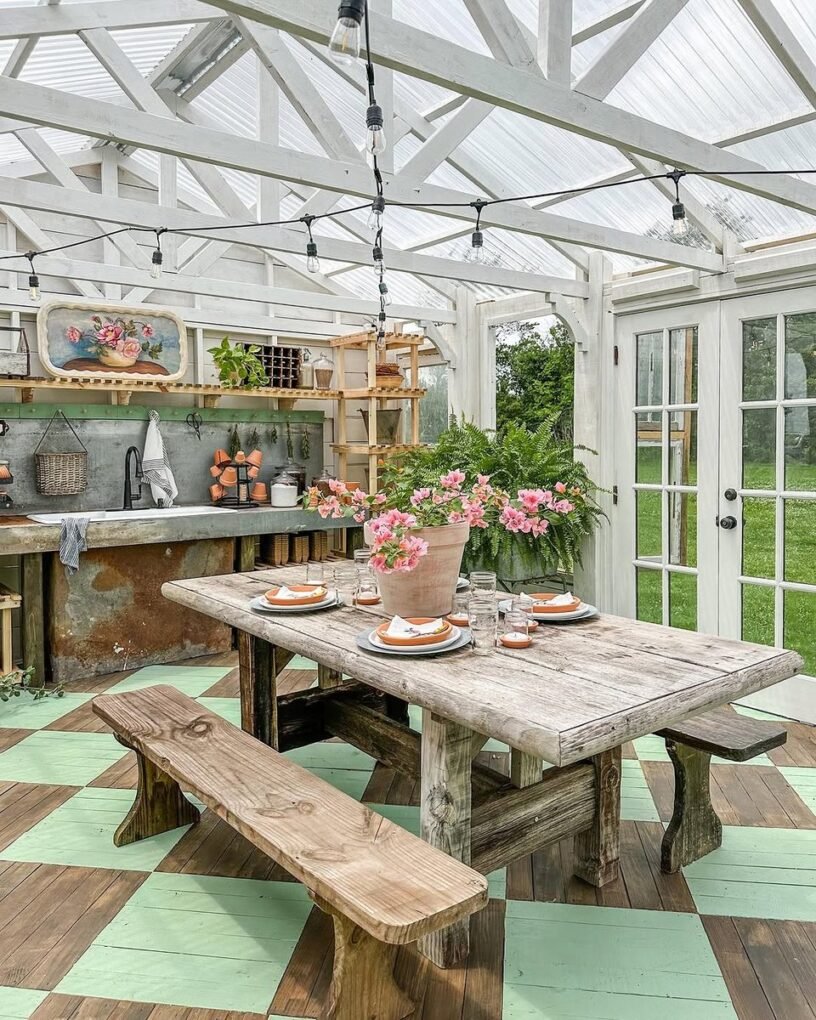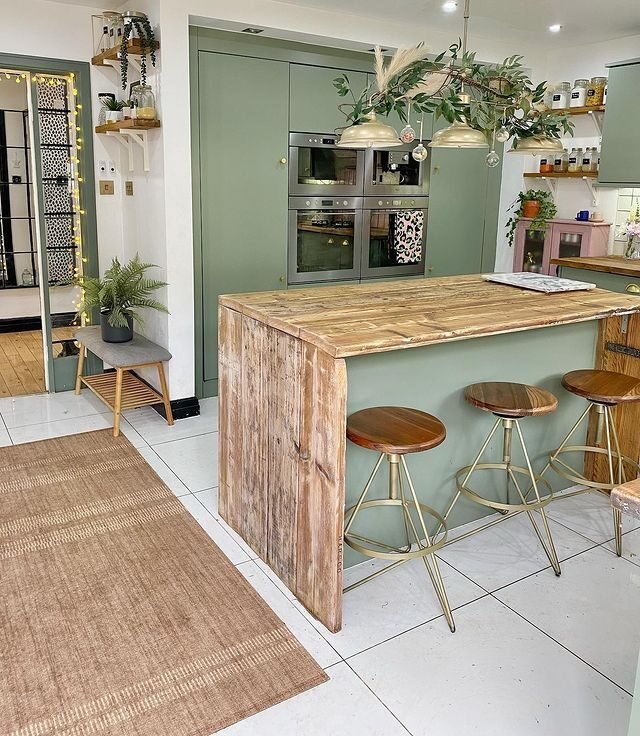Purchasing a home security system may seem out of reach, especially if you are a first-time homeowner.
Having a security system, on the other hand, comes with a slew of security advantages and financial advantages. For example, residential security systems can lessen the chance of property damage and save you time when filing insurance claims.
Home security systems don't have to be expensive; there are a growing variety of DIY options available. As technology advances, so are the options you have for monitoring your home’s efficiency and security.

There are many Smith Thompson ideas that don’t require you to invest much money but get a tight security system instead.
We are here to discuss some of them. But, before that, we should find out how much a home security system usually costs.
How Much Does A Home Security System Cost?
The labor expense of physically deploying security equipment and connecting them to the system's central nerve center is known as installation.
Installation of a basic system costs around $300, while more complicated systems can cost anywhere from $800 to $1,600, depending on the size and complexity of the system and the architecture of your home.
The cost of the installation will rise as more wire and devices are added, especially if cuts through walls and ceilings are required. As a result, hardwired systems are often more expensive to install than wireless ones.
Some firms may give you the equipment for free if you sign up for their monitoring service, but be sure you're not paying an expensive monthly monitoring cost in return. The basic equipment package will set you back around $600.
Some security systems are little more than sensors that are linked to an alert. A security provider listens to your system's sensors at all times using monitored systems, ready to intervene if a problem arises.
If you choose a monitored system, you'll want to know what kind of monitoring the security firm offers. For years, landline monitoring has been the standard, and it sends information to the security firm via existing telephone landlines, adding $15 to $30 per month to the security cost.
An activation fee is frequently charged for monitored systems to cover the costs of joining your house to the monitoring system. These costs might be as high as $200.
You’ll need to do your math carefully because companies that advertise ‘no activation fee’ often add extra fees to your monthly expense or add more money to the monitoring fees.
5 Smart Ways To Reduce Home Security Costing
If the expense of a home security system has been deterring you, here are a few methods to boost your home security without breaking the bank. While securing your house may require some upfront investment, these strategies can help you reap the advantages of reduced theft and property damage for years to come.
(i). Focus On The Basics
Walk around the perimeter of your property and assess your home’s entrance points.
Decide what you need to keep an eye on and where you should put your money right now because the typical burglary costs $2,361.
Hence, installing an electronic door lock, an alarm, or a doorbell camera at your home's main entry is a fantastic first step in reducing risk and discouraging crime.
(ii). DIY Security
There are several excellent DIY home security systems on the market that don’t require much technical knowledge to install.
Many security system suppliers allow consumers to purchase individual components to build together a full security system over time, allowing them to spread out the upfront equipment expenditures.
For example, you may start with a doorbell camera as a first step, then progressively add other security features like motion sensors when you have the cash.
(iii). Buy Gadgets For More Than One Function
When looking for home security systems, look for components that can perform many functions.
Focus on cameras that trigger motion sensor lights or programmable smart lights that you can control from a distance to create the appearance of occupancy rather than the cheapest device you can find.
Getting more bang for your buck is as simple as figuring out how to make your home security system work overtime for you.
(iv). Check For Insurance Discounts
If your home security device comes with a burglar alarm, some insurance companies may give you a discount on monitoring fees or installation expenses of specific security systems.
It can lower your overall expense on home security systems without compromising your safety, which means your home renovation project is still on.
However, if you file a claim to the insurance company, home security systems with cameras may be quite useful in assisting authorities in catching criminals and recovering stolen items.
(v). Integrate All The Smart Devices
Security systems may serve as hubs for your smart home, allowing you to operate all of your smart home gadgets from a single interface, ensuring that everything runs smoothly and effectively.
Smart home technology is capable of much more than simply making homeowners’ lives easier and more pleasant.
Many home security systems link with smart home devices such as thermostats and sprinklers, which may help you save energy and water while paying for the device over time.
Final Takeaway
Self-monitoring isn’t always the greatest solution, but it may be a nice stopgap until you have the funds to pay for a monthly monitoring charge.
The equipment prices aren’t high, and many firms have low installation fees, but the monitoring fees mount up over time—most monitoring rates run from $15 to $60 each month.
Many popular home security cameras and smart home products have applications that allow you to monitor and handle alarms on your mobile device or see live feeds from afar.
These applications not only put the burden of reporting authorities in your hands, but they may also help you save money.
Hence, you can follow our tips to increase your home security in the lowest budget possible and take additional steps to protect your loved ones. If you get stuck anywhere in the middle, we




